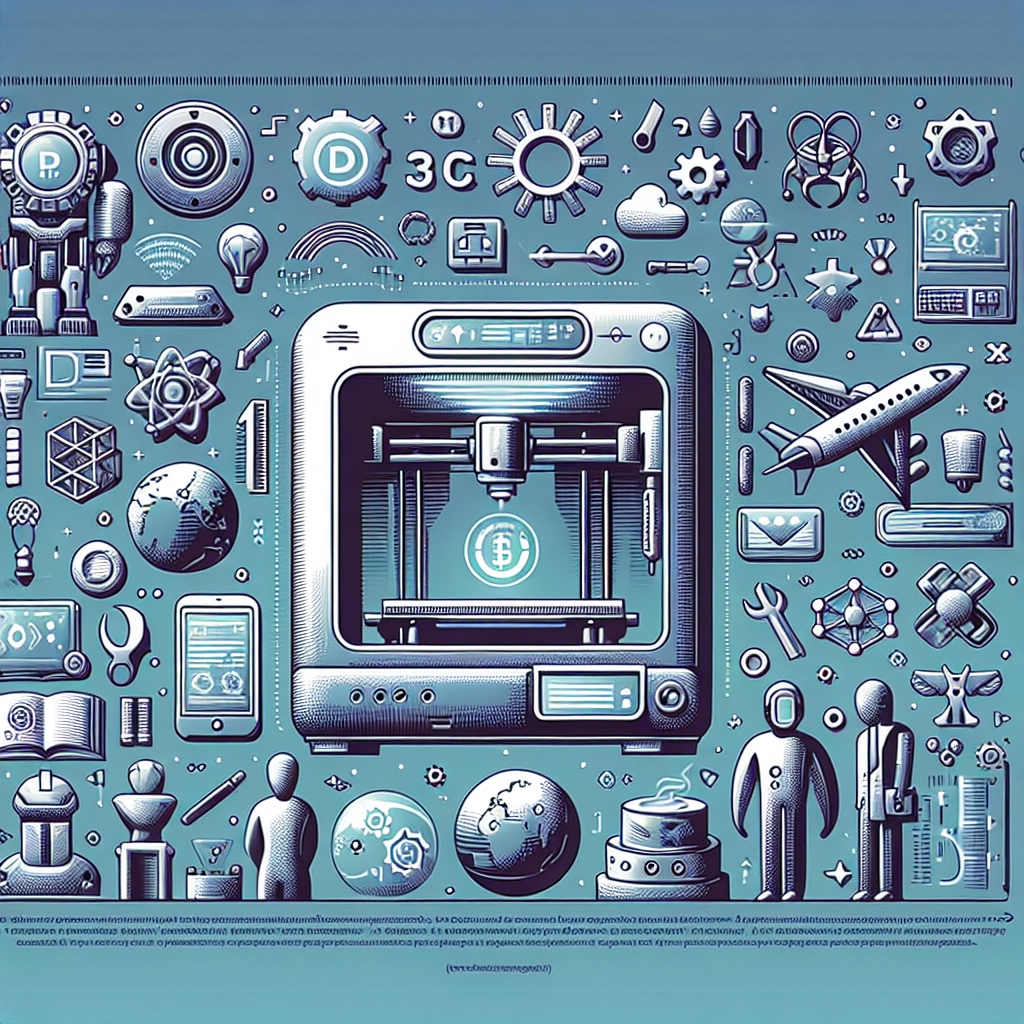The Future of 3D Printing: Innovations and Trends to Watch
3D printing is one of those technologies that feels like it’s straight out of a sci-fi movie, doesn’t it? It’s like having a magic box that turns digital designs into real-life objects right in front of your eyes. As we dive deeper into the 21st century, it’s becoming increasingly clear that 3D printing is set to revolutionize multiple industries, from healthcare to aerospace. So, what’s in store for this futuristic technology? Let’s explore the innovations and trends that are shaping the future of 3D printing.
A Shift in Materials
One of the most exciting trends in 3D printing is the diversification of materials. Initially, most 3D printers worked with basic plastics, which limited their applications. However, the field has expanded enormously. Today, we are witnessing the emergence of printers that can work with everything from metals and ceramics to biocompatible materials for medical uses.
For instance, bio-printing, which utilizes human cells and biomaterials, is making waves in tissue engineering. Imagine doctors being able to print a new organ for a patient—this isn’t just a futuristic dream anymore! Innovations in material science, such as the development of smart materials that can change their properties in response to environmental stimuli, will also propel the capabilities of 3D printing forward.
Customization on a Whole New Level
Customization is becoming increasingly important in our consumer-driven world, and 3D printing is at the forefront of making personalized products accessible. Instead of mass-produced items, we’re moving toward a world where consumers can design and print exactly what they want.
From custom orthopedic implants that perfectly fit a patient’s anatomy to personalized jewelry and fashion items, 3D printing enables a level of customization previously unseen. As artificial intelligence and machine learning continue to develop, we can expect even more sophisticated ways to create personalized designs based on user preferences and needs.
Sustainability Solutions
Environmental concerns are top of mind for many of us, and 3D printing is starting to play a crucial role in sustainable practices. Traditional manufacturing often involves substantial waste, but 3D printing operates on an additive basis, meaning that objects are created layer by layer. This process can minimize material waste significantly.
Moreover, companies are exploring recycled materials for 3D printing, offering a greener way to produce goods. Imagine printing with waste materials or biodegradable filaments! Projects like these highlight the potential for 3D printing to contribute to a circular economy, where the lifecycle of products is carefully considered and waste is minimized.
Speeding Up Production with Industry 4.0
The integration of 3D printing into the Industry 4.0 framework is another fascinating trend to watch. Industry 4.0 is all about interconnected smart systems, and what better way to enhance that than with 3D printing? The synergy of the Internet of Things (IoT), artificial intelligence, and cloud computing is empowering manufacturers to streamline their production processes through 3D printing.
Imagine a factory where machines can communicate in real-time, analyzing production needs, downtime, and inventory levels. 3D printing can allow for on-demand production, drastically reducing lead times and inventory costs. This transition towards more automated and data-driven manufacturing will change the landscape of how products are made and distributed.
The Rise of Education and Training Tools
3D printing is also set to transform educational environments. With 3D printers slowly becoming more common in schools and universities, students can gain hands-on experience in design and engineering from a young age. This technology fosters creativity and problem-solving skills while allowing students to visualize complex concepts through tangible models.
Moreover, companies are increasingly utilizing 3D printing for training simulations, especially in high-stakes fields like healthcare and aerospace. From creating lifelike anatomical models for surgeries to components for aircraft training, 3D printing can provide invaluable hands-on experiences.
A Bright Horizon
As we look to the future, the potential for 3D printing seems limitless. From sustainable manufacturing practices and highly personalized products to advancements in healthcare and education, we are on the brink of a 3D printing revolution. While challenges exist, such as regulatory hurdles and the need for continued innovation in materials, the excitement surrounding these developments is palpable.
So, whether you’re a tech enthusiast, a business owner, or just someone who appreciates innovation, keeping an eye on 3D printing is a smart move. It’s not just a fleeting trend; it’s a fundamental shift that will reshape how we conceive, create, and consume in the years to come. The best part? We’re all part of this journey, and it’s going to be one thrilling ride!

